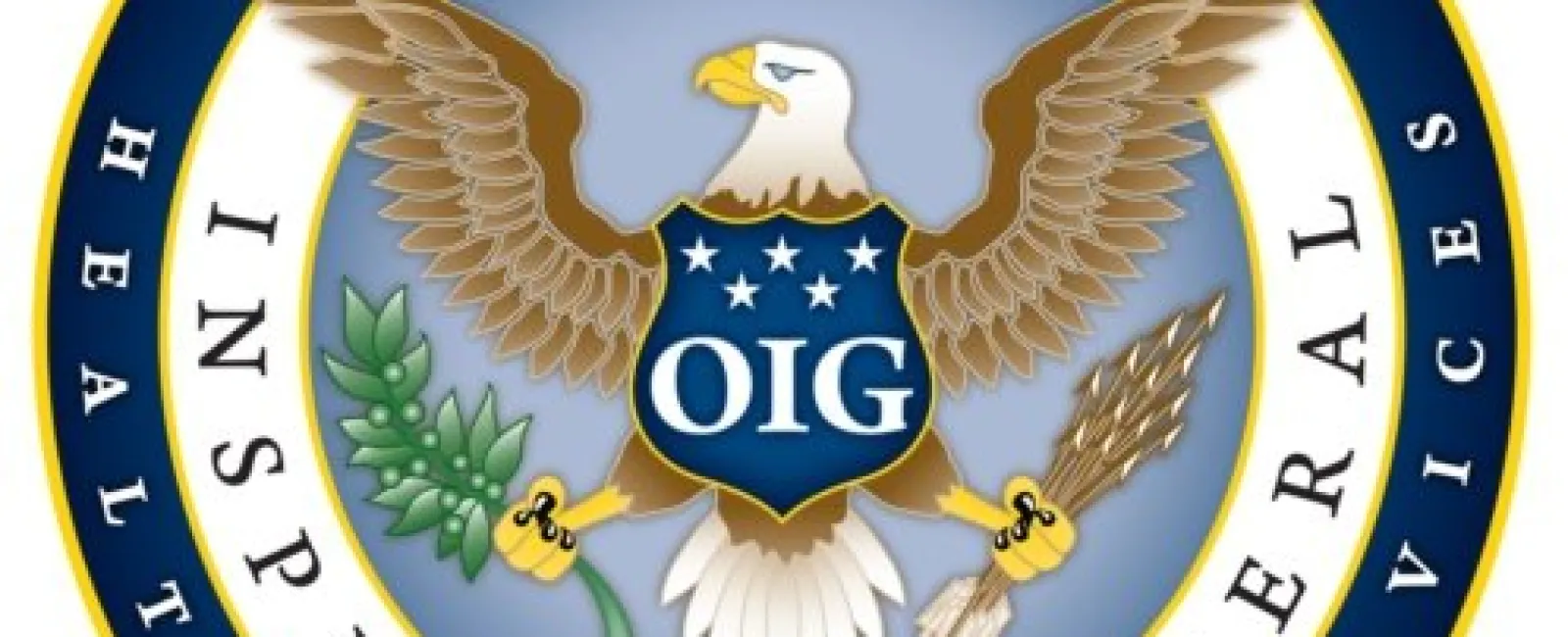Exclusion Lists: Part two of a two-part series
We recently published the first part of our two-part series. Part one provided a brief overview of the U.S. Department of Health and Human Services (HHS) Office of the Inspector General's (OIGs) List of Excluded Individuals and Entities (LEIE), and discussed the importance of exclusion list checks.
State participation in OIG requirements
January 16, 2009, a State Medicaid Director letter advised states of their obligation to direct providers to screen their employees and contractors for excluded persons to prevent Medicaid payments from being made for items or services furnished or ordered by excluded individuals and entities. It further advised States to require that providers search OIG's LEIE database monthly to capture new exclusions or reinstatements that have occurred since the last search.
Fast forward to the FY 2016 OIG Work Plan. There are two important State Program Integrity Activities and Compliance with Federal Programs projects the OIG will be focusing on in 2016:
- OIG will determine the extent to which States collect required ownership information for provider entities enrolled in Medicare and Medicaid, and will describe the extent to which they verify the collected information. OIG will also determine whether States and CMS checked exclusions databases for enrolling and enrolled providers, as required.
- OIG will review whether States are conducting enhanced screenings that assess risk for fraud, waste, and abuse for moderate- and high-risk enrolling and revalidating Medicaid providers and suppliers. OIG will also determine the extent to which States have screened moderate- and high-risk providers and suppliers using these risk-based screenings.
The combination of this increased scrutiny on States and their compliance with Federal regulations that require "oversight of provider ownership information" and "provider screening," will demand increased diligence in checking for excluded individuals. As mentioned in our previous article, if the task force finds that you have employed or contracted with excluded individuals or entities, you could face fines and penalties (42 CFR 1001.1901).
According to a CMS, some States maintain their own exclusion lists which include individuals and entities that the State has barred from participating in State government programs, such as Medicaid. At last count, 38 States currently maintain a "separate" exclusion list.
Recommendations to ensure compliance
We took a look at each State exclusion list and found that some of the States are more diligent than others providing updates some states only update periodically, while others provide updates at least monthly. For example, Nevada maintains a "Nevada Exclusions/Sanctions List" that is periodically updated (last update October 2015) and can be checked in addition to the LEIE; New York maintains a "List of Restricted and Excluded Medicaid Providers" that is updated on a monthly basis and can be checked in addition to the LEIE.
What is consistent is that each of these 38 states relies on the OIG LEIE for a comprehensive list.
The OIG's LEIE is by far the most comprehensive listing of all excluded individuals and entities. Regardless of which State you are located in, if you participate in Medicare, Medicaid or any other Federal health care programs, all employees/vendors/subcontractors should be checked against the exclusion list prior to hiring or contracting and monthly thereafter.
If you would like more information about our OIG Exclusion List service or have any questions please do not hesitate to contact one of Healthcare Compliance Pros professional consultant by phone 855-427-0427 or by email [email protected].

